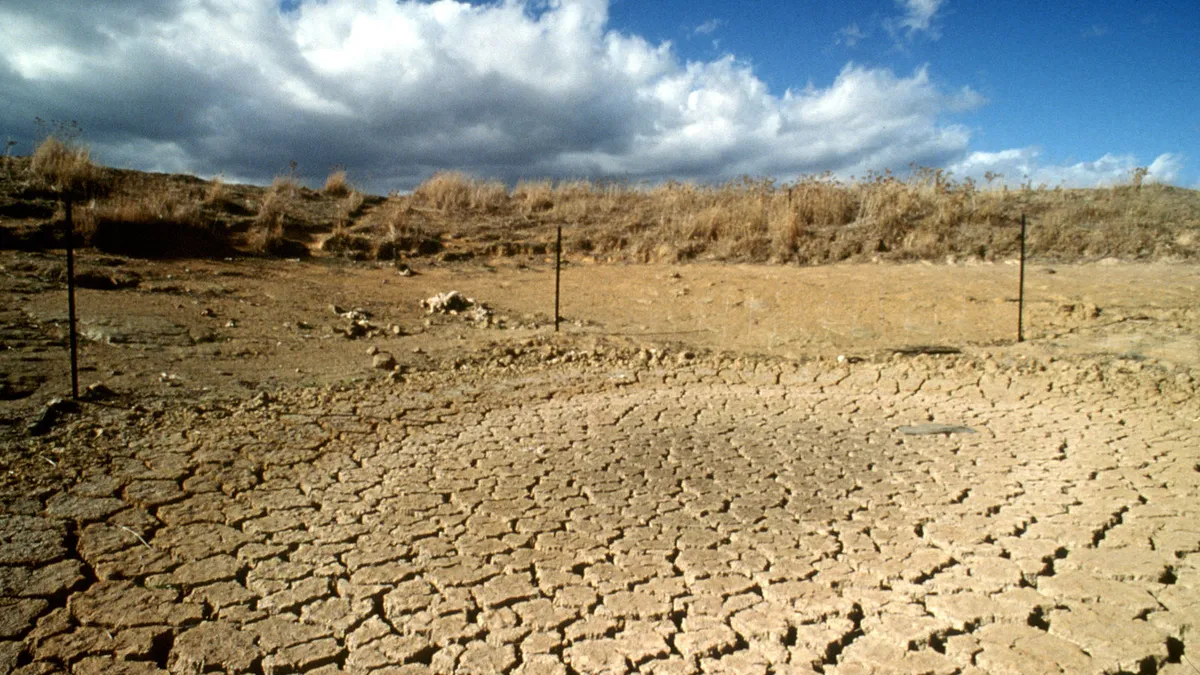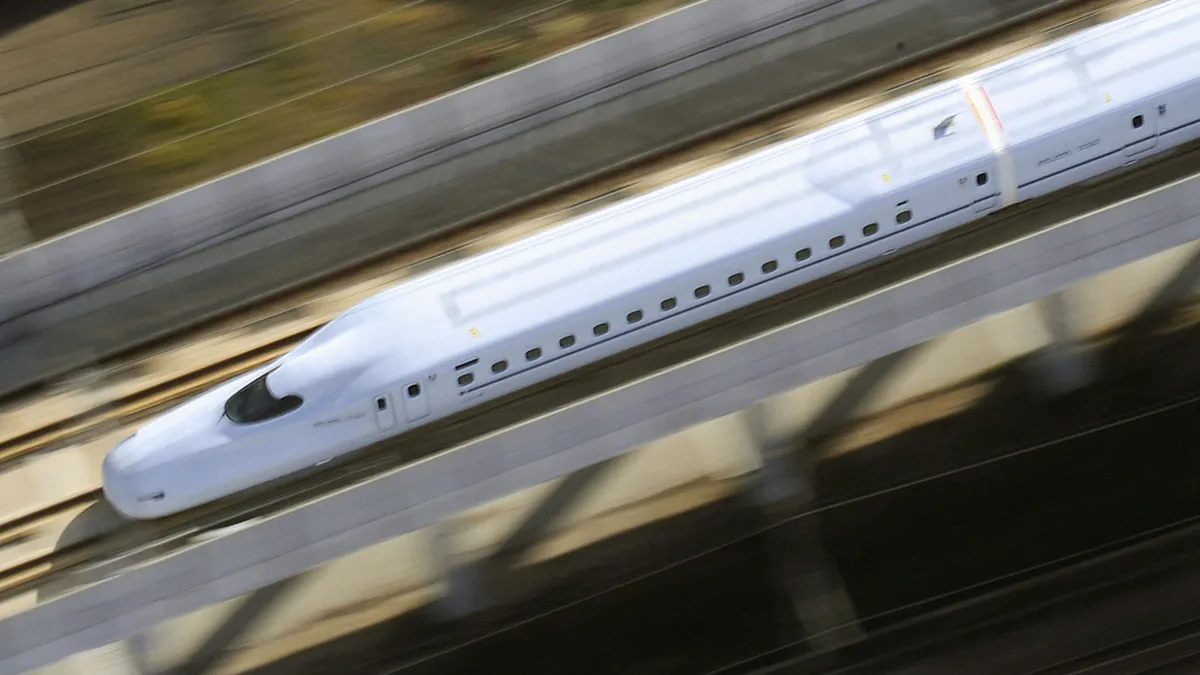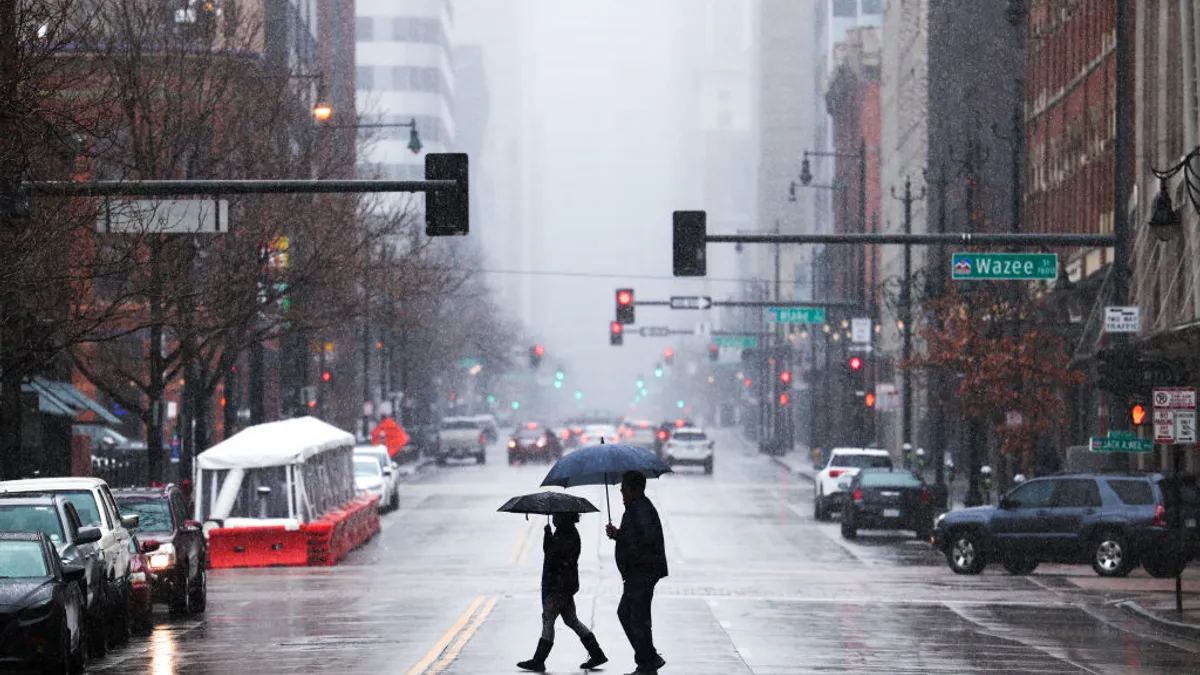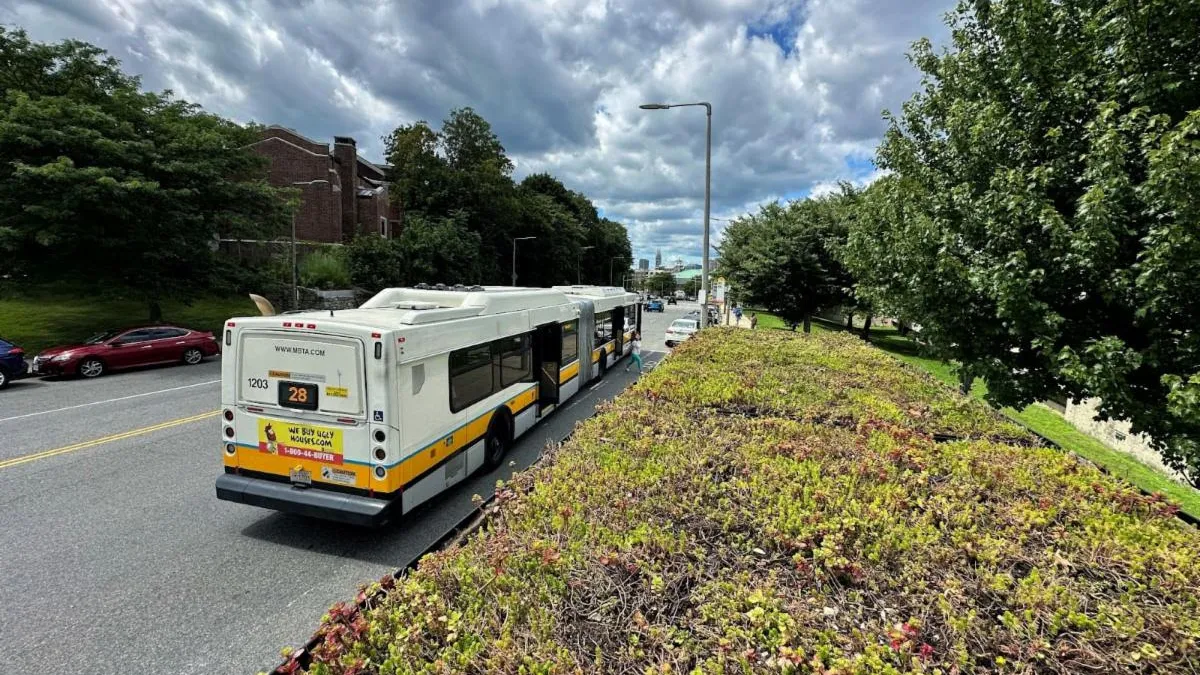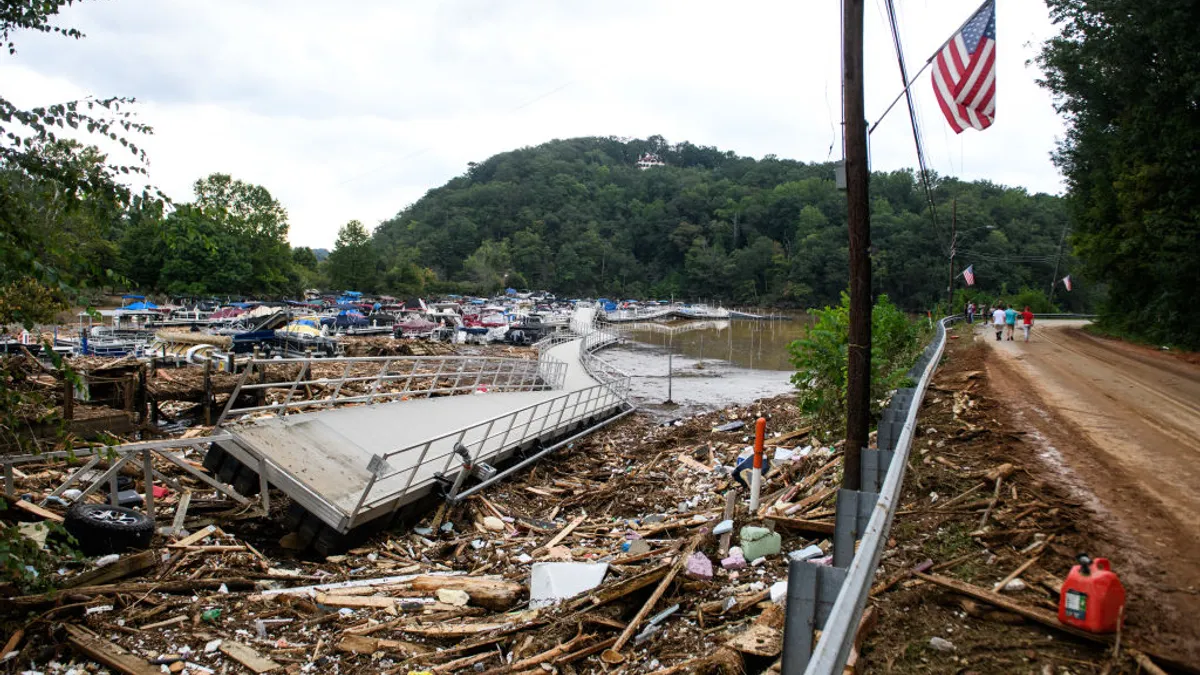PHOENIX — After three consecutive years of lower-than-expected rainfall, Cape Town, South Africa, found itself in a water crisis in 2017 and 2018.
Amid dire warnings of reaching "Day Zero," when the water supply was expected to run dry, city officials took desperate measures to curtail consumption. Households and businesses were given reduction targets to hit, while public information campaigns encouraged water conservation, including an effort to limit showers to two minutes with the help of specially released songs.
While the city has averted the worst of its water crises — despite still experiencing drought — other cities are now working to avoid similar situations as the effects of climate change become more pronounced. This will require dramatic efforts in planning and public education, as well as improving residents' "water literacy," according to Gareth Morgan, Cape Town's head of resiliency.
"We now understand, because Cape Town was saved by 4.3 million people doing small things in order to save Cape Town, that the future of water is one of shared risk and shared benefits," Morgan told Smart Cities Dive in an interview at the Meeting of the Minds Annual Summit in Phoenix last week.
A plan for multiple futures
The 2017-2018 drought in Cape Town came after multiple years of lower-than-expected rainfall, and Morgan said its effects were more extreme than any of the city's models based on historical data. While the drought can be blamed in part on the effects of climate change, only time will tell if this is a long-term gradual trend or a dramatic shift, he said.
That uncertainty has prompted the city to update its various plans. They now have prepared for four possible futures depending on how much the climate changes and how the city’s water resources are affected. Those scenarios are then built into a new 10-year capital plan, which includes the potential for modifications if city leaders find that the climate is in a different scenario than what they had previously thought.
"In building the capital program going forward, the idea is to be able at any point in time have a flag where you know what scenario you are in and whether your build program and your existing assets are sufficiently robust to survive that scenario," Morgan said. "If need be, there should be an adaptive capability in your capital plan so you can make adjustments."
The city’s new water strategy looks to diversify water sources beyond its four main dams, with a view to being water resilient by 2030 and water sensitive — having infrastructure that better integrates the urban water cycle — by 2040.
"Most cities... here's their plan for water: It's whatever falls out of the sky, or is snowpack from the previous year."

Mark Hartman
Chief Sustainability Officer, City of Phoenix
Included are capital projects to develop public groundwater extraction, while the city has commissioned a demonstration plant that would treat 10 megaliters of sewage water and make it reusable. And as the city looks to become water sensitive, Morgan said it will be key to improve stormwater capture and repurposing.
All told, the city's water strategy commits to increasing available water supply by more than 300 million liters per day over the next decade, at a cost of approximately 5.4 billion South African Rand (around $356 million USD).
Cape Town also piloted the City Water Resilience Approach in 2019, and was the first city in the world to deploy the framework. The framework provides the first ever resilience diagnostic tool of a city's water supply, and explores all the drivers of resilience, including the role of ecosystems, communities, households and businesses. More than 60 indicators rate where a city is either good, fair, low or poor in its efforts.
Morgan said that given the uncertainty in climate modeling, flexibility will be key to implement the strategy and capital plan.
"Inevitably in planning you still pick a particular future and say, this is the most plausible or this is the most likely, but we're very open to the fact that there are variances that are possible and if it begins to emerge that any of those alternative futures is emerging, we don't want to be caught," he said.
And there are creative ways cities can make predictions about the likelihood of impending drought. In a speech, Phoenix Mayor Kate Gallego said the city uses tree-ring data to make those predictions. But there is a lot of work ahead for cities to cope with the effects of a water shortage, simply because many cities have not given it too much thought.
"Most cities... here's their plan for water: It's whatever falls out of the sky, or is snowpack from the previous year," Mark Hartman, chief sustainability officer for the city of Phoenix, said during a panel discussion. "That's their plan, that's their entire plan. Phoenix has been planning 100 years for water."
Growing residents' 'water literacy'
It is not just in city-level planning that preparations to avert the worst effects of drought are needed, but also in engaging residents on how they can do their part.
During the worst of Cape Town's water crisis, Morgan said residents cut their average daily usage to 50 liters a day. This has increased slightly since the crisis ended but has stayed low overall; consumption was averaging 130 liters per day per person before the drought.
The World Health Organization (WHO) recommends people use a minimum of 15-20 liters a day, and Morgan said while things never got that desperate, residents made significant changes in their daily habits. That included capturing water used for a shower or by a washing machine and reusing it elsewhere, but there was also a community-based campaign to show overall usage.
"Around the barbecue, around the dinner table, people spoke about water, and people took great pride in how they were saving water and what extremities they were going to in order to reduce water."

Gareth Morgan
Chief Resiliency Officer, City of Cape Town
Cape Town published macro-level data online about households' progress on their water conservation targets, called the City Water Map. That effort lasted four months, and while Morgan acknowledged it was controversial, he said it put water at the forefront of everyday conversations.
"Around the barbecue, around the dinner table, people spoke about water, and people took great pride in how they were saving water and what extremities they were going to in order to reduce water," he said.
With the worst of the crisis in the past, the city has continued to work with residents to keep them thinking about water, including through its water dashboard, which provides regularly updated information about water use, dam levels and other metrics. In addition, Morgan said many residents and businesses are continuing to cut water usage, which shows how quickly everyday behavior can change.
"My feeling is that [other cities] haven't yet tested the ability of citizens to be able in a crisis to do that," Morgan said. "That's important to know, quite frankly, because if you have an awareness of the sensitivity of your populace to driving down consumption when it matters, you basically have an extra source of water and you could possibly avoid a big capital spend on some other augmentation project."
City leaders in Phoenix said they are ahead of the curve when it comes to residents’ understanding of the need to save water. The city is one of the fastest-warming since 1970, and while that may appear to make it more susceptible to drought, Kathryn Sorenson, director of the Phoenix Water Services Department, said residents are already attuned to the need to conserve water given Phoenix’s situation.
"In a desert city, people inherently understand the value of water," she said during a panel discussion. "One of the advantages that Phoenix has going for it is you literally can't live through a summer here without understanding that water is the foundation of public health, economic opportunity and quality of life. It is so obvious when the temperature rises to 120 degrees."
Lowered water consumption is difficult to achieve and maintain, and Morgan said cities cannot rely solely on their residents to change their habits. Instead, he said it must work in concert with robust plans for resilient water supplies.
"What's important for us is to make sure that our citizens don't maintain water consumption at such a low level and that recovery is possible because you always need that wiggle room in a crisis to be able to drive down consumption," he said. "You can't manage a system on permanent low consumption. It's an important part of the toolbox, to be able to say, 'We can drop this.'"



